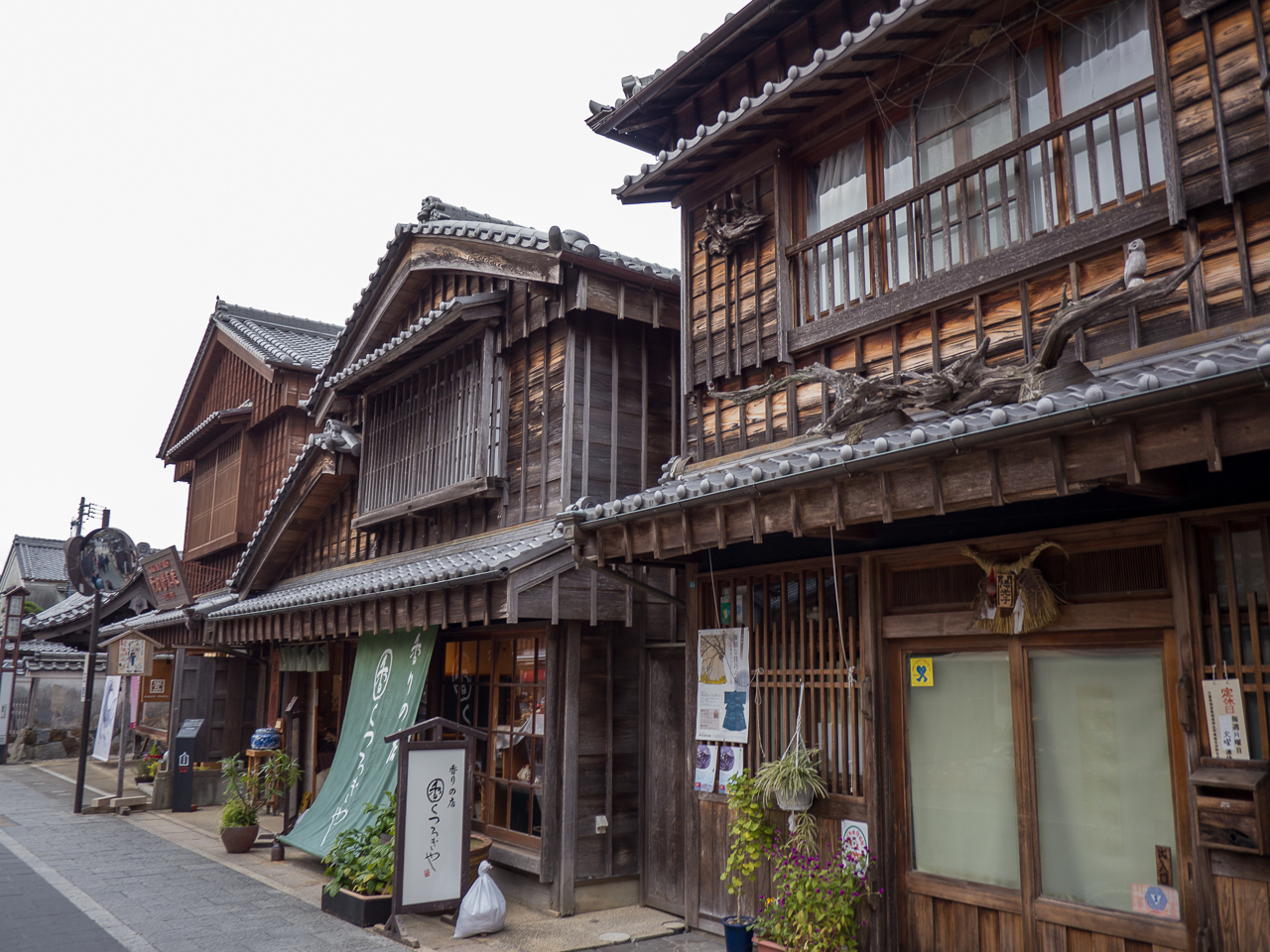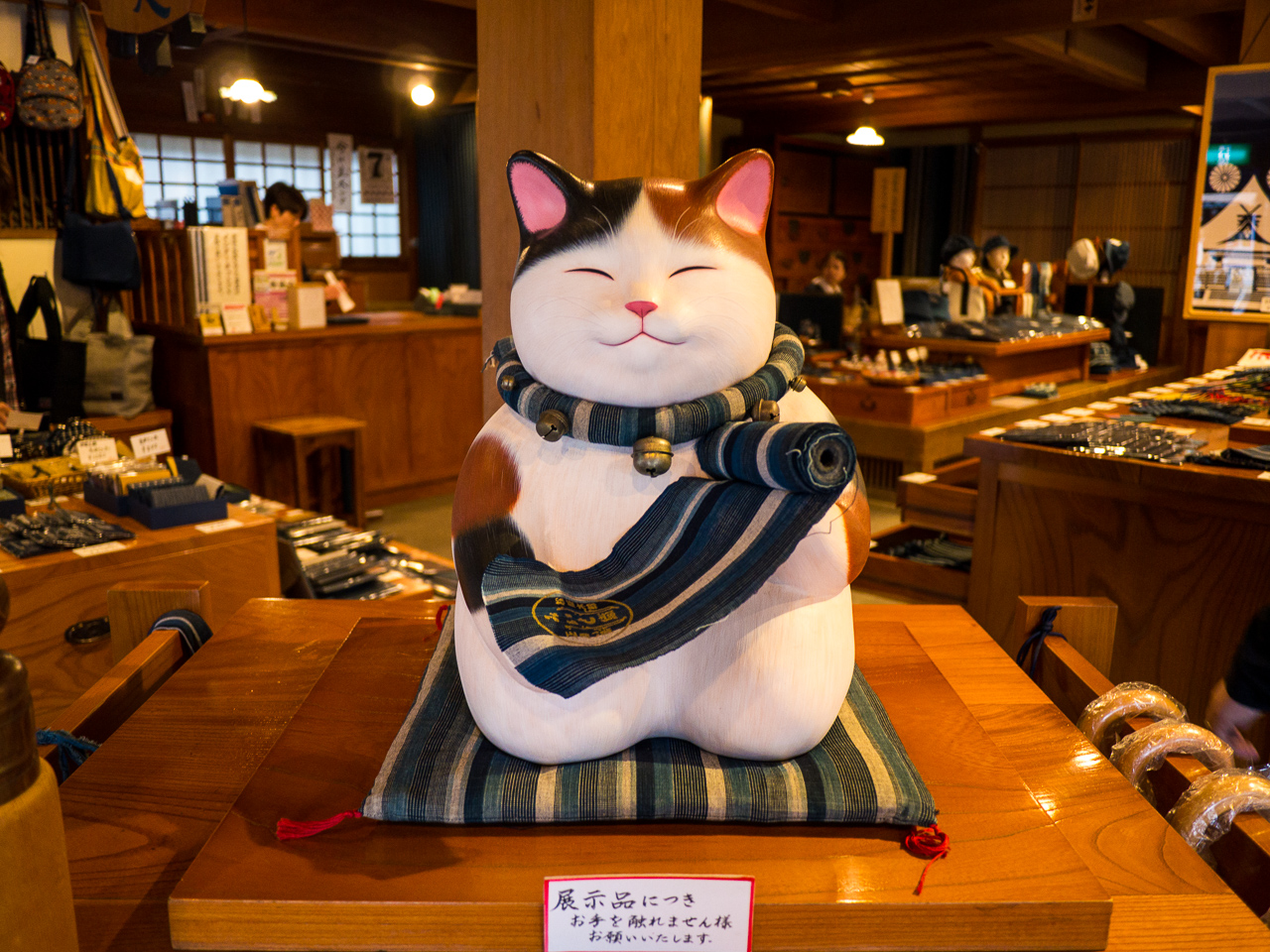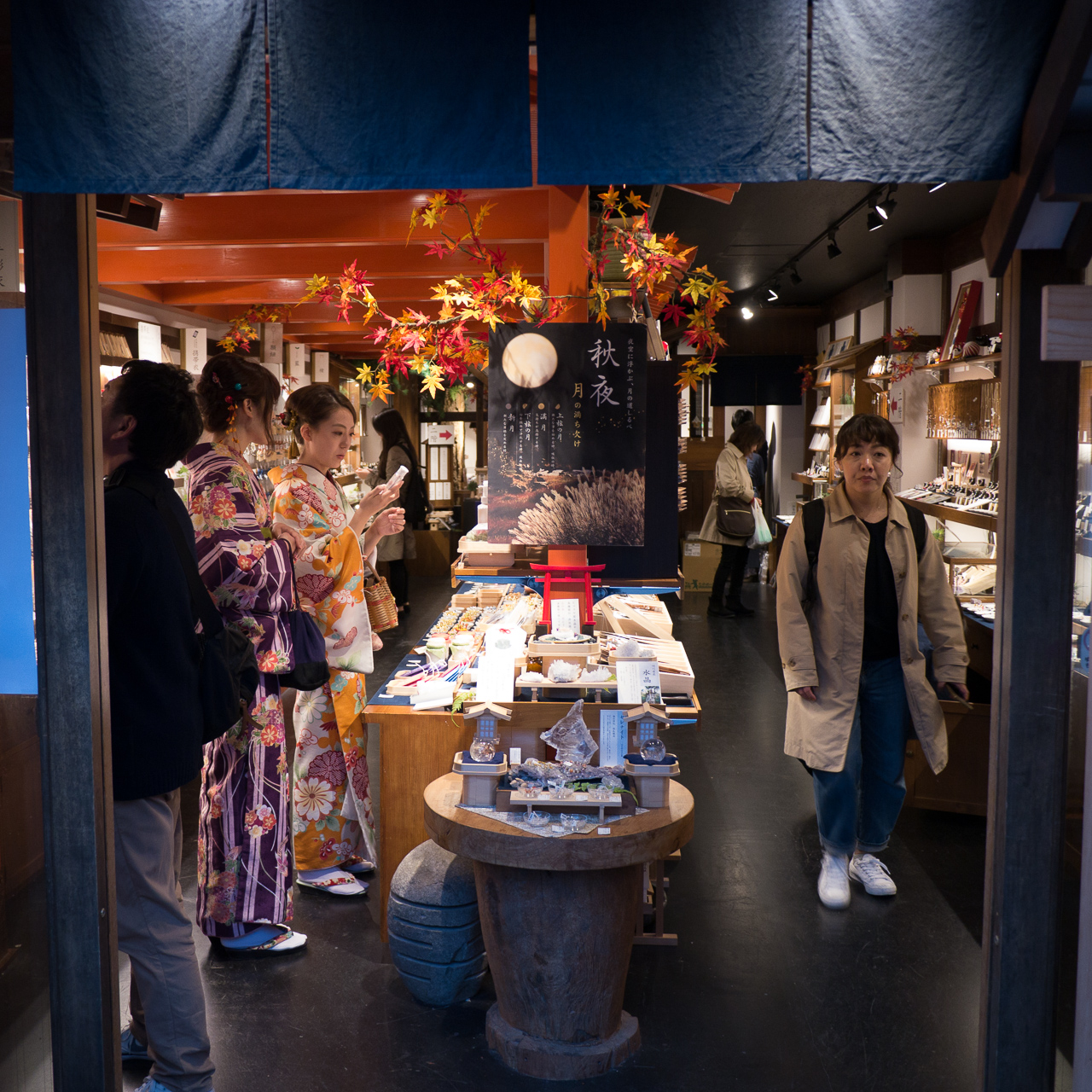Tuesday, 7th November 2017
Ise Jingu or Ise Grand Shrine is one of the most important sites for the Shinto religion, and it was definitely one of the busiest temples we visited. The whole shrine area covers a large section of forest and river, sprinkled with many smaller shrines.
To enter Ise Jingu, we crossed the wooden Uji bridge.


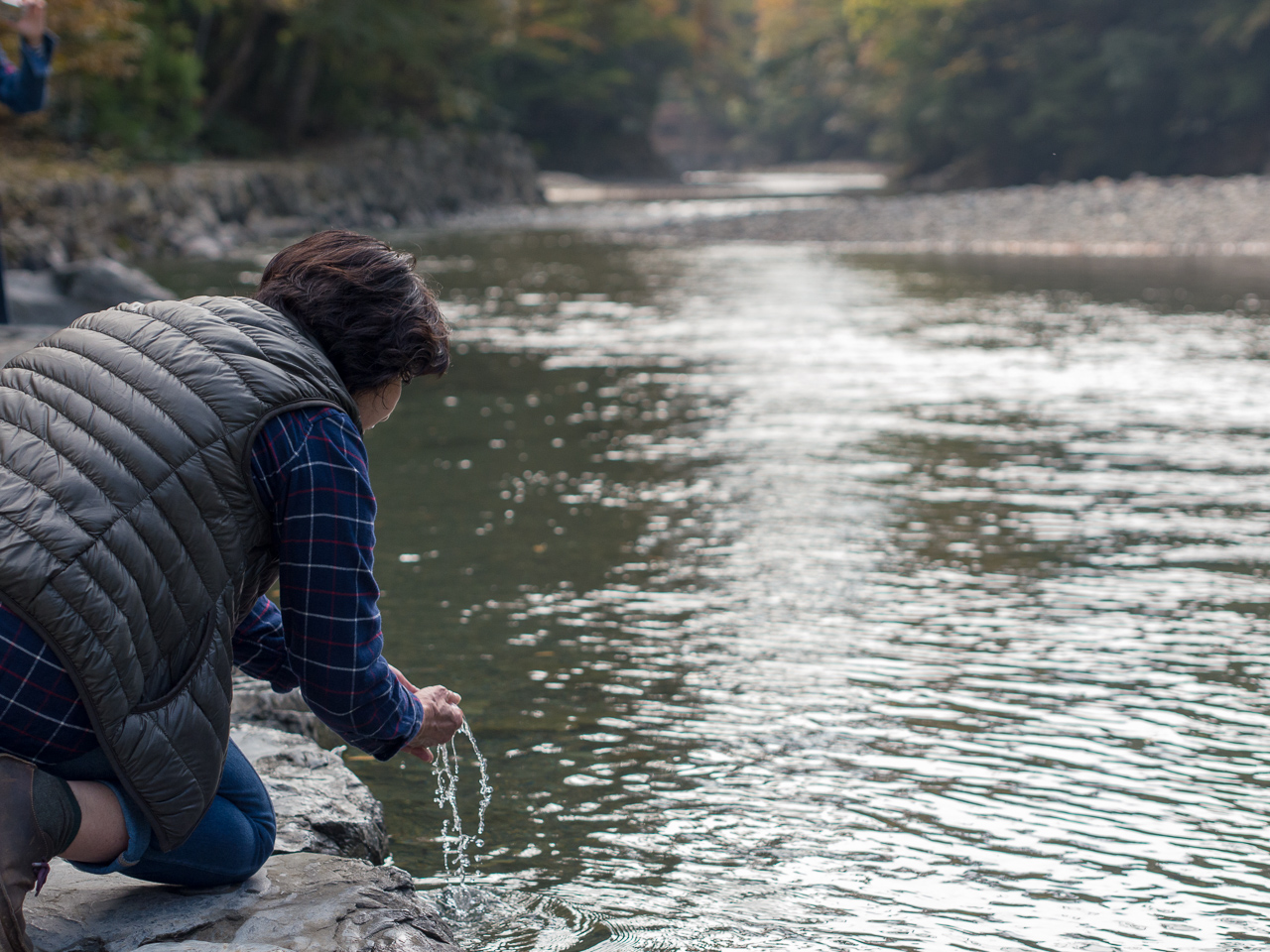
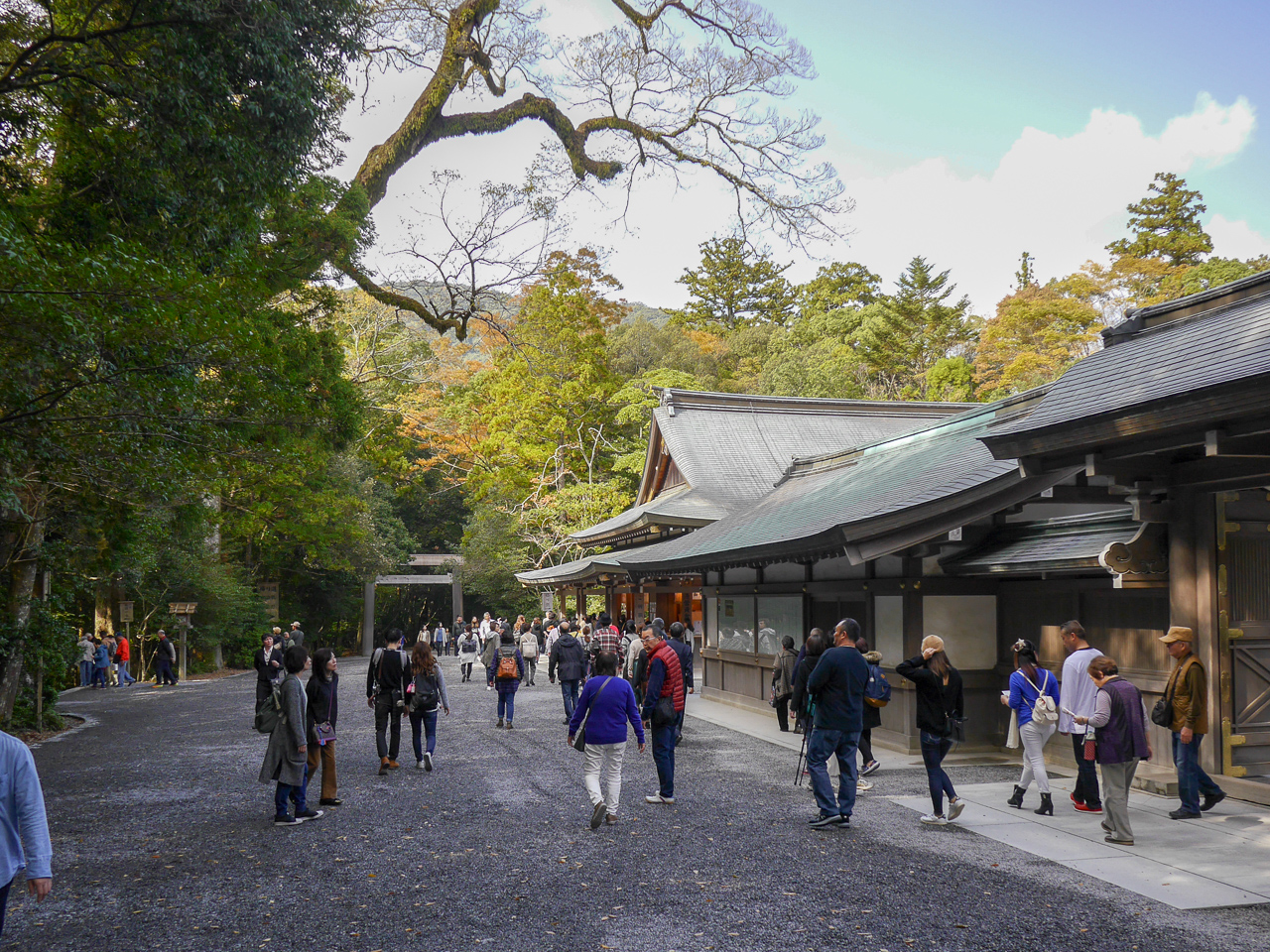
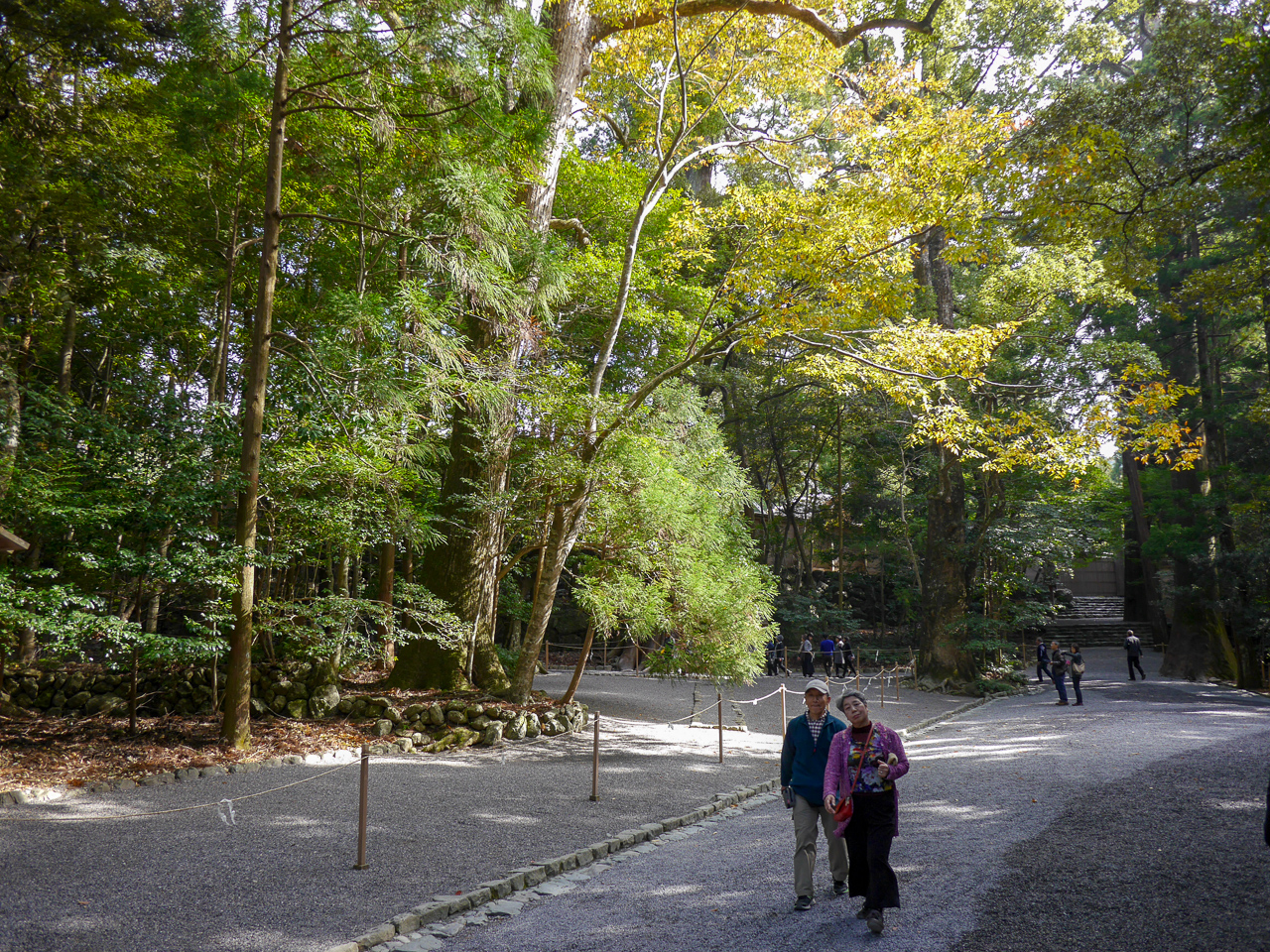
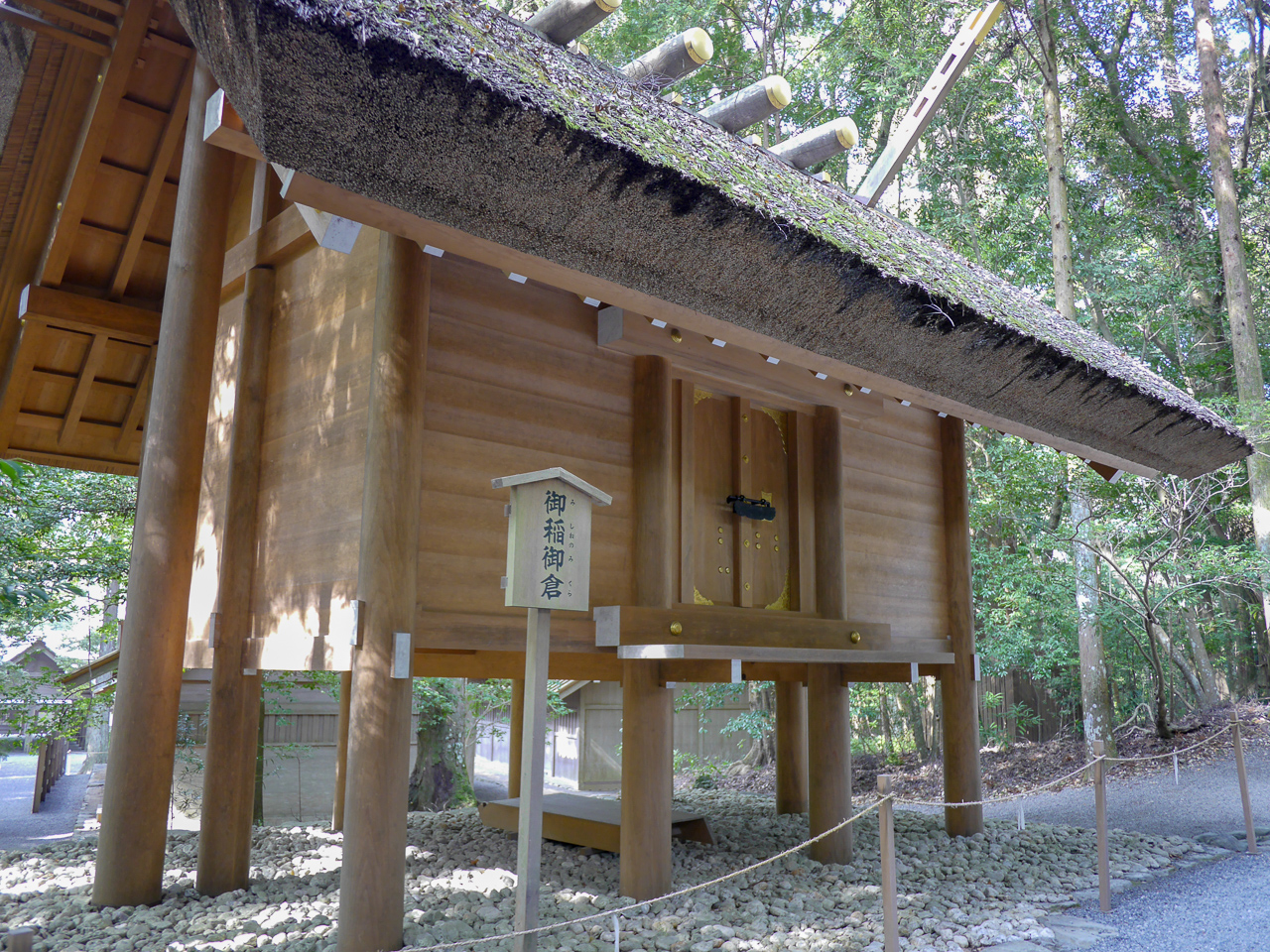
We weren't quite sure what this building was at the time, but we've done a bit of research afterwards and apparently this is a room to store rice for the shinto goddess.

This was Naikū, the Inner Shrine of Ise Jingu. You may notice that there are two sets of steps and two plots of land, but only one shrine building. Every 20 years they burn down the whole temple in a big ceremony and completely rebuild the temple on the opposite side.
It wasn't possible to see into these temples, or even to see the buildings themselves! As such a holy place, the public is only allowed up to the fence and gate of the courtyard that surrounds them.
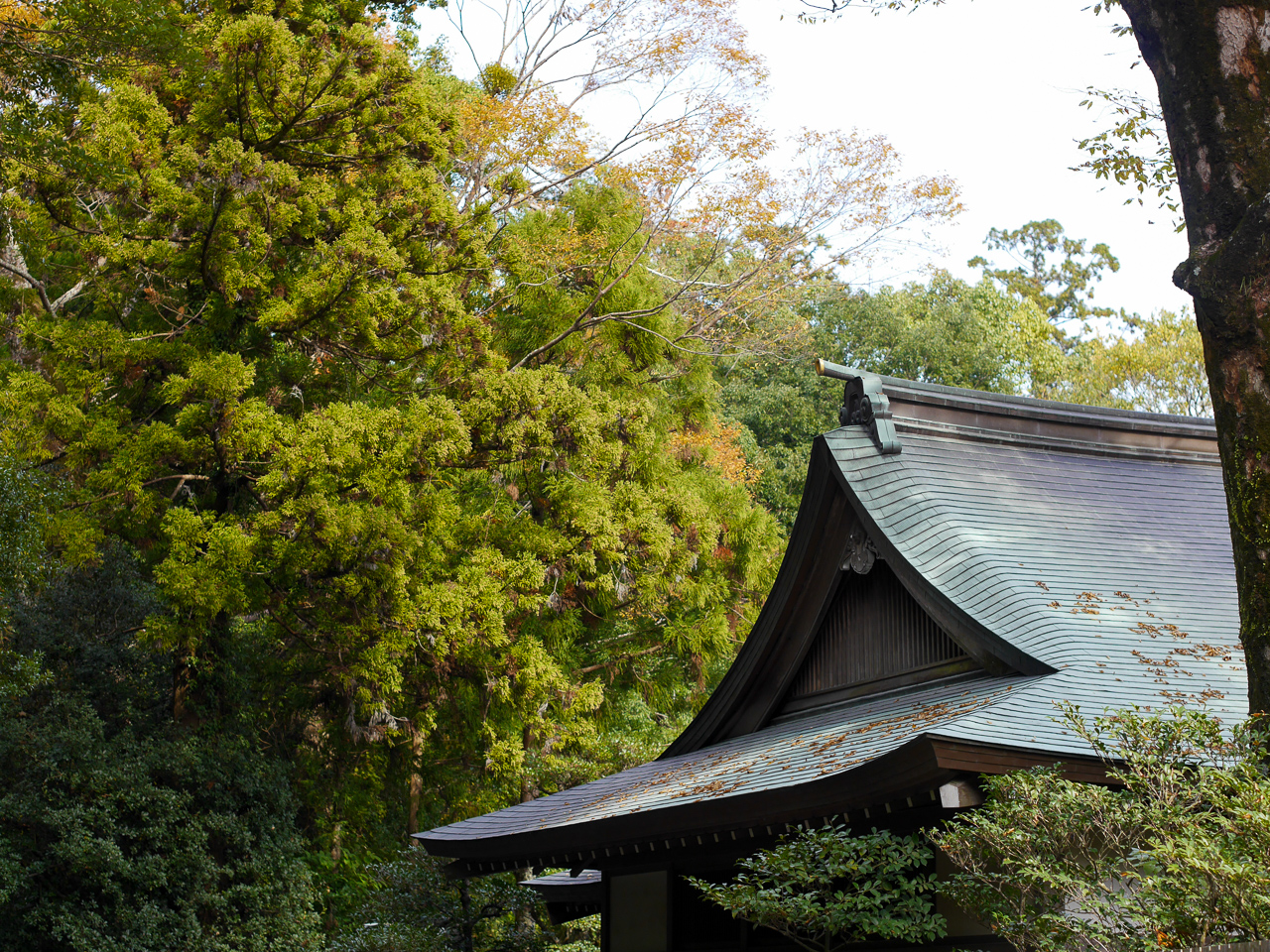
We headed back through the forest and headed out of the temple complex back to the streets of Ise.

There were lots of lovely shops and restaurants here. There seemed to be an interesting mix of very long-established traditional shops & eateries and more touristy shops targeting the pilgrims to the shrine.
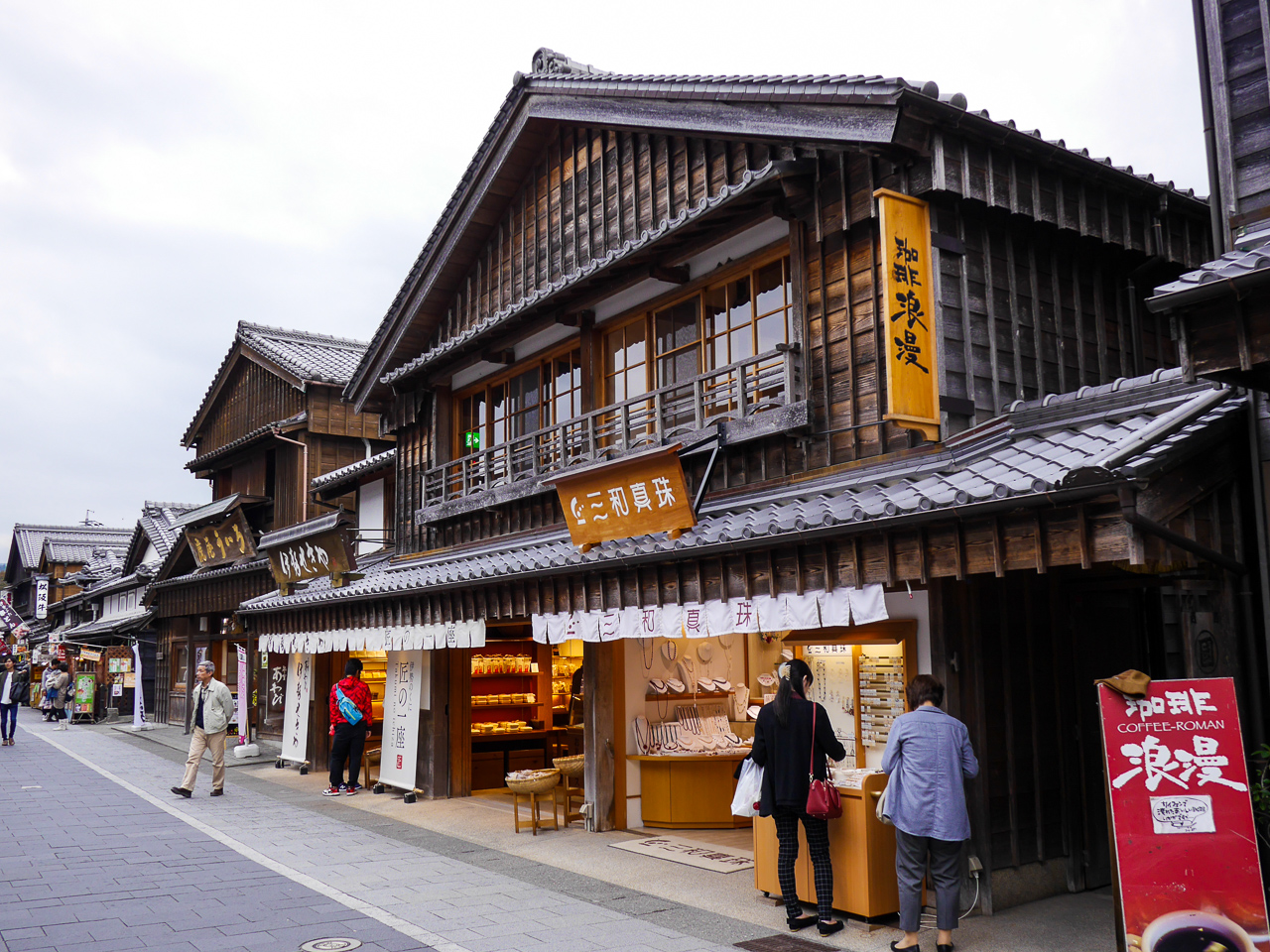
We found a shop selling chopsticks in thousands of different styles & materials. We spent a while in here trying to choose some for ourselves, and some as easily-transportable gifts for family back home.
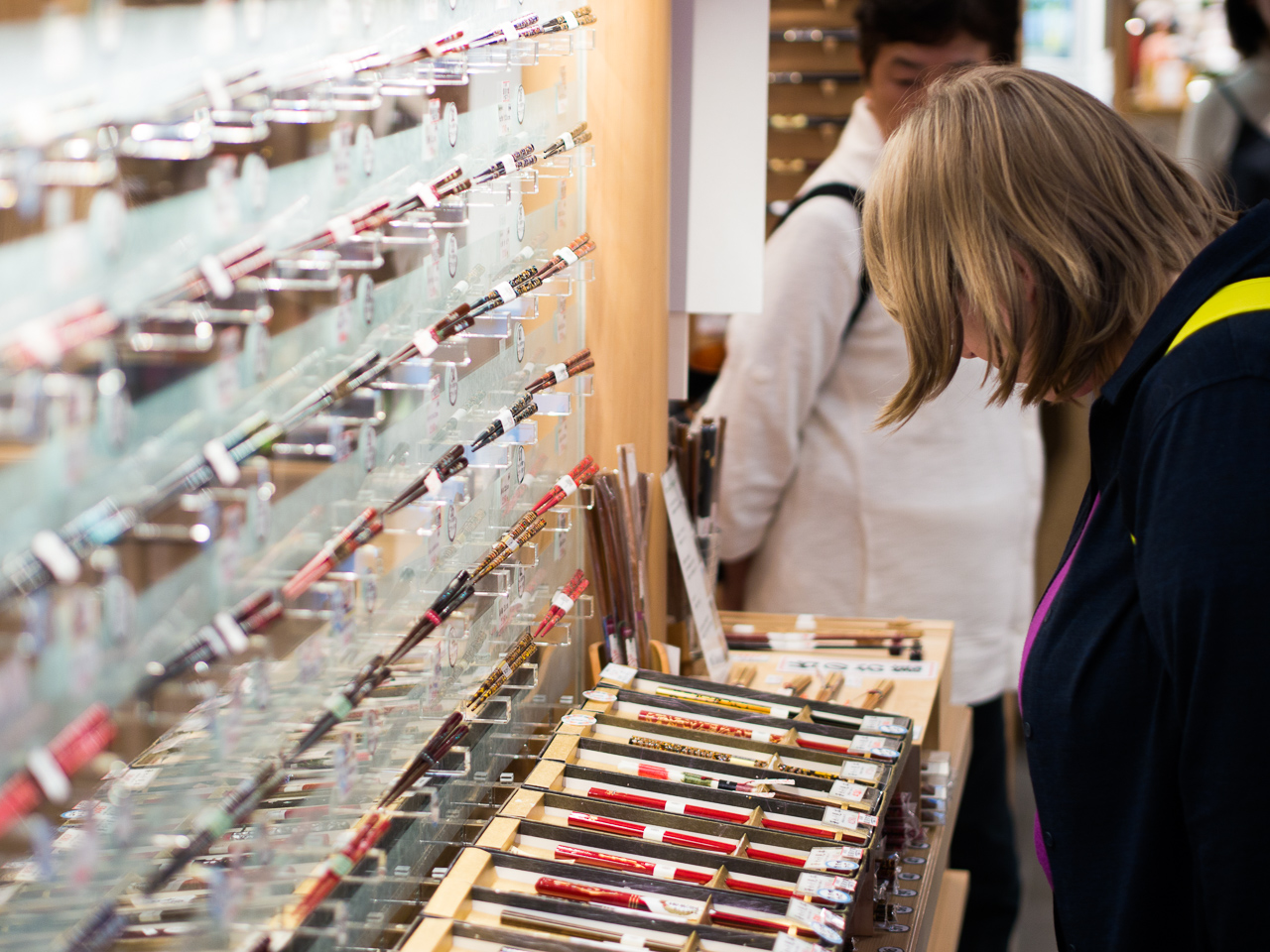
How about a whole shop just for Snoopy?
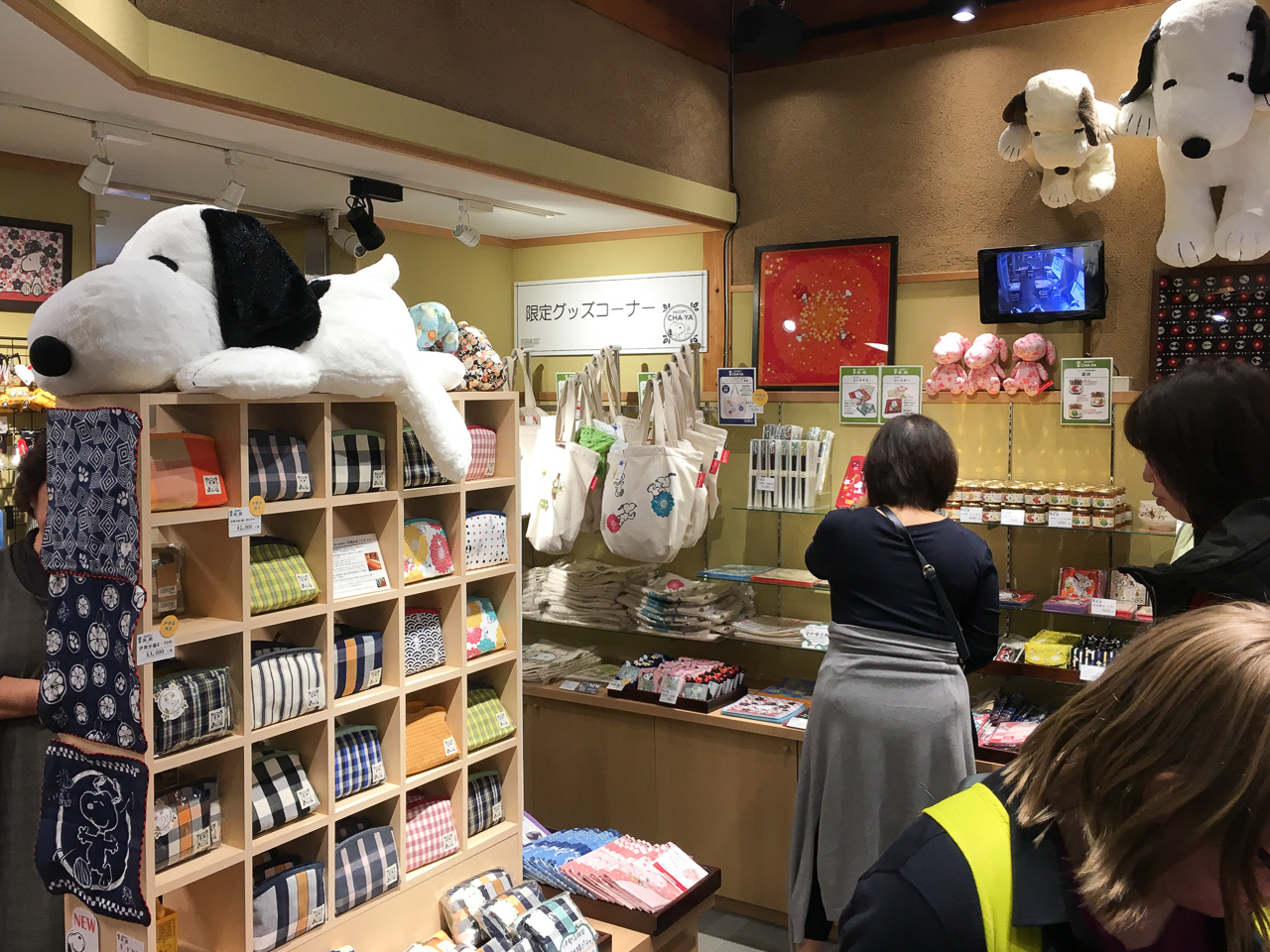
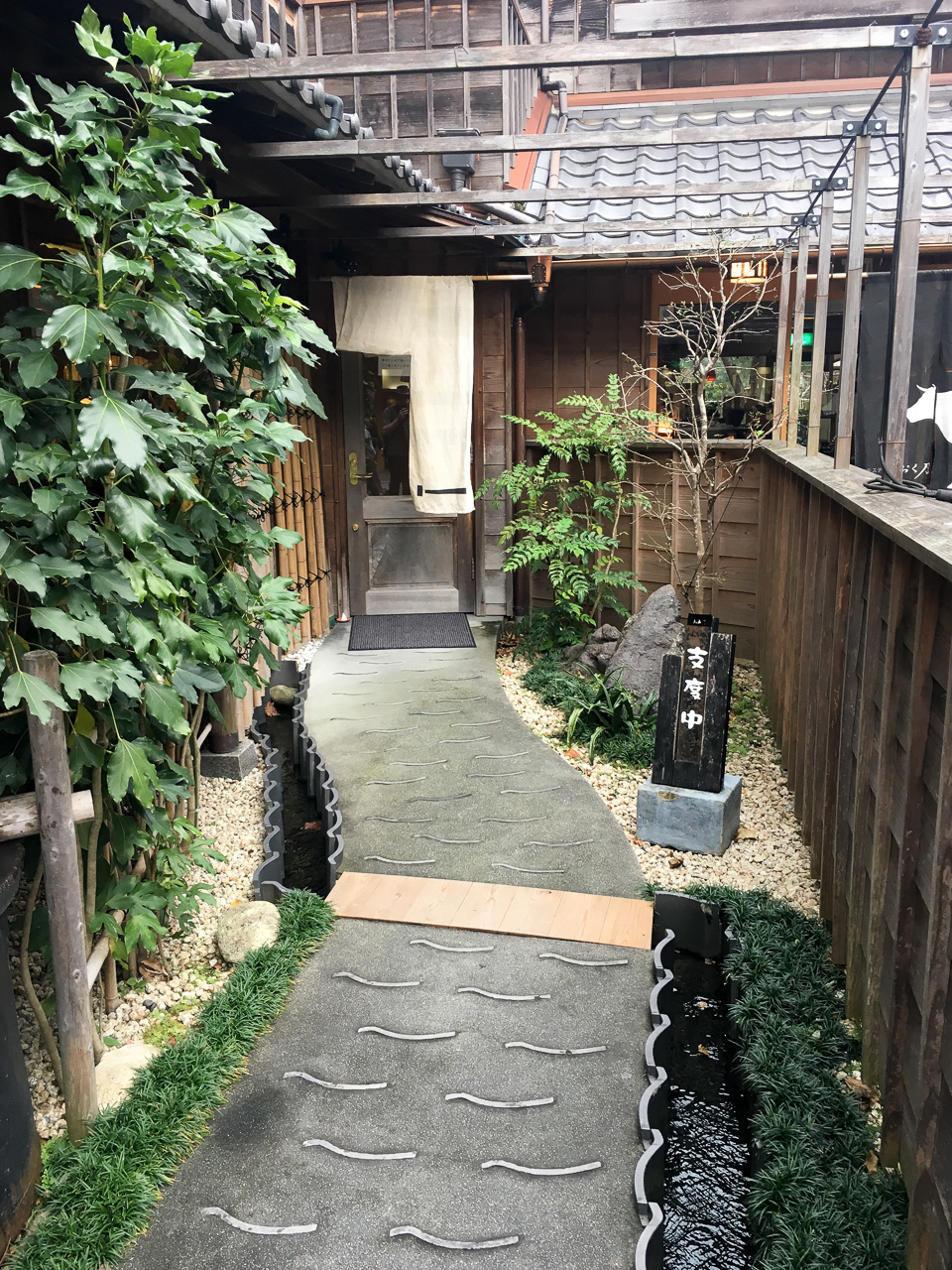
This was an unagi (eel) restaurant! I loved how they'd made the entrance to their shop subtly advertise their speciality.
We didn't feel adventurous enough to try unagi, but the sign for "honey bun" sounded pretty apetising.
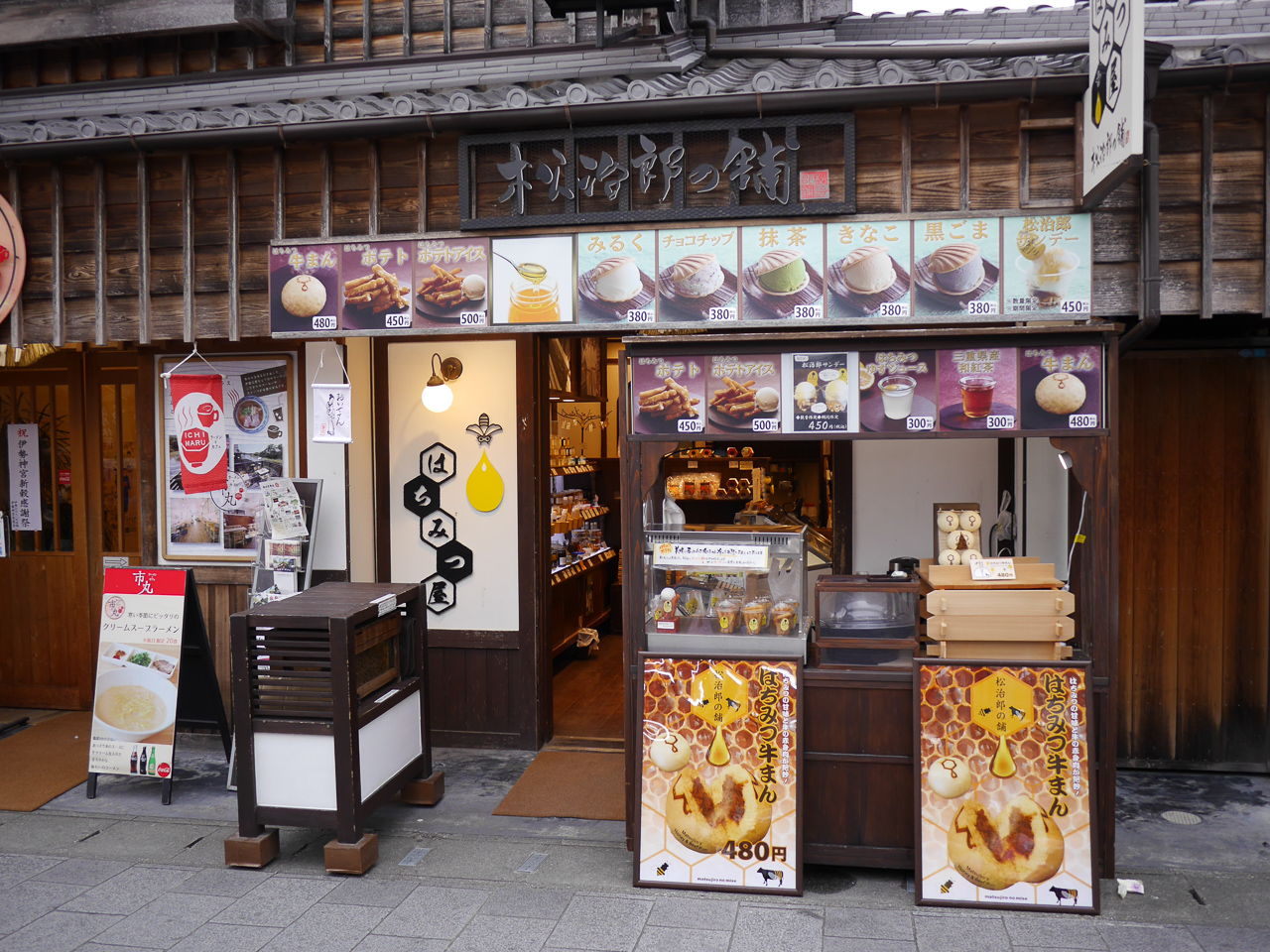
In contrast to the "Honeybun" we also bought what looked like a cheese stick. What it turned out to be was closer to a fish-paste/fish-stick filled with cheese and fried. The texture was a bit weird and we only ate half between us before giving up. The fish/cheese combination was a bit weird for us.

